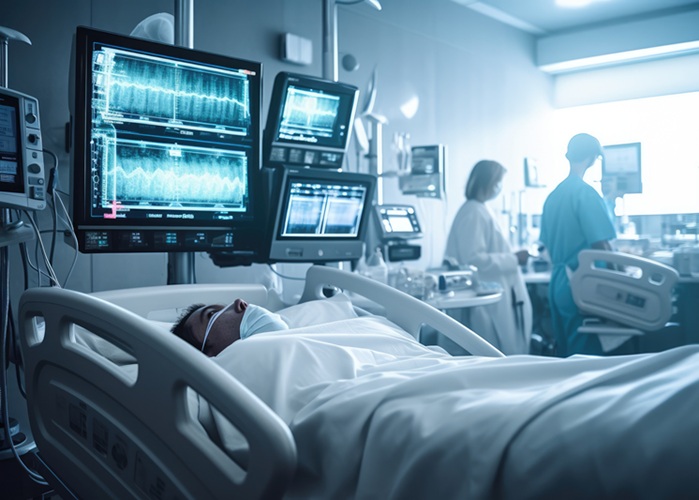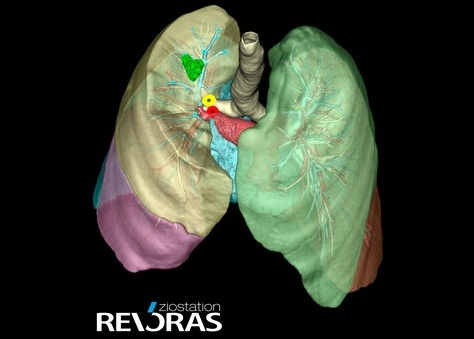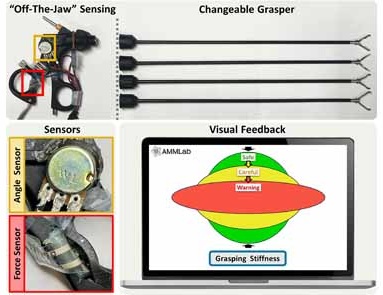Smart Hospital Beds Improve Accuracy of Medical Diagnosis
|
By HospiMedica International staff writers Posted on 17 Jan 2023 |
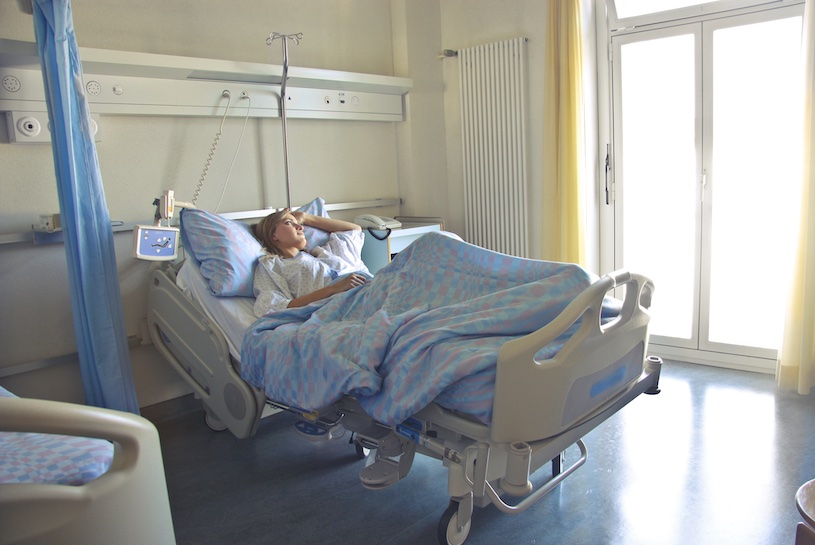
The global hospital bed market is expected to grow at a CAGR of 5.7% from USD 3.21 billion in 2021 to USD 4.69 billion by 2028, driven by the growing preference for highly equipped hospital beds with innovative features, with the increasing popularity of smart hospital beds emerging as a key trend in the market.
These are the latest findings of ReportLinker (Lyon, France), a tech company that uses artificial intelligence to deliver market data and forecasts.
During hospitalization, continuous patient monitoring is vital for risk identification, and early diagnosis and treatment in order to reduce mortality and morbidity, as well as hospitalization costs. A patient’s medical condition limits the ability to change positions in bed, resulting in bedsores due to most of their time being spent in the bed. Bedsores are categorized in several stages depending on their depth, severity, and other characteristics such as the extent of damage to the skin and tissue, ranging from changes in skin color to severe injury involving the muscle and bone. There is high demand for equipped, facilitated beds that can help prevent physiological complications among patients, such as bedsores or falling from the bed that can be harmful for them.
The development of information technology (IT) in healthcare, i.e., healthcare IT-based medical equipment like smart hospital beds, that use wireless sensor networks (WSNs), offers an easy and quick solution to prevent bedsores in motionless and disabled patients. Pressure ulcers or bedsores can be prevented through timely, accurate mapping of pressure points for inhibiting tissue perfusion, which can cause a patient’s death. Smart hospital beds incorporated with advanced technologies feature highly developed embedded control functions and interactivity. Such beds support new functionalities like continuous monitoring of patients’ vital signs, thereby preventing them from falling off the bed and developing pressure ulcers.
In addition, using simple applications (apps), hospital beds have been transformed into highly-networked appliances, which are categorized as Class 2 Medical Devices seeking electronic intelligence. For instance, modern hospital beds feature a monitor screen that displays the health status of patients and allows for remote transmission of data to the nurse station. They also feature other modules such as tilt accelerometers and motor drives for controlling the tilt of the bed, powered wheels for facilitating the patient’s transportation to different areas of the hospital, USB and Ethernet ports to aid in connectivity with PC or hospital network, and LCD screen and keypad for the user interface, that allow healthcare providers to offer comfort to the patients.
Based on type, the semi-electric beds segment accounted for the largest share of the global hospital bed market in 2021 and is expected to register the highest CAGR from 2022 to 2028. Based on usage, the acute-care beds segment led the global hospital bed market in 2021 and is expected to maintain its dominance during the forecast period. Based on application, the non-intensive care beds segment accounted for the largest share of the global hospital bed market in 2021 and is expected to maintain its dominance during the forecast period. Geographically, Europe holds the largest share of the global hospital bed market, driven by its increasing geriatric population and growing prevalence of chronic diseases. The hospital bed market in Asia Pacific is expected to register the highest CAGR during the forecast period, led by the accelerated economic growth of countries such as China and Japan, increasing focus of governments in these countries on the healthcare sector, rising prevalence of chronic diseases, and higher investment from government bodies for the expansion of healthcare facilities amid the COVID-19 pandemic along with favorable regulatory reforms.
Latest Patient Care News
- Portable Biosensor Platform to Reduce Hospital-Acquired Infections
- First-Of-Its-Kind Portable Germicidal Light Technology Disinfects High-Touch Clinical Surfaces in Seconds
- Surgical Capacity Optimization Solution Helps Hospitals Boost OR Utilization

- Game-Changing Innovation in Surgical Instrument Sterilization Significantly Improves OR Throughput
- Next Gen ICU Bed to Help Address Complex Critical Care Needs
- Groundbreaking AI-Powered UV-C Disinfection Technology Redefines Infection Control Landscape
- Clean Hospitals Can Reduce Antibiotic Resistance, Save Lives
- New Fast Endoscope Drying System Improves Productivity and Traceability
- World’s First Automated Endoscope Cleaner Fights Antimicrobial Resistance
- Portable High-Capacity Digital Stretcher Scales Provide Precision Weighing for Patients in ER
- Portable Clinical Scale with Remote Indicator Allows for Flexible Patient Weighing Use
- Innovative and Highly Customizable Medical Carts Offer Unlimited Configuration Possibilities
- Biomolecular Wound Healing Film Adheres to Sensitive Tissue and Releases Active Ingredients
- Wearable Health Tech Could Measure Gases Released From Skin to Monitor Metabolic Diseases
- Wearable Cardioverter Defibrillator System Protects Patients at Risk of Sudden Cardiac Arrest
- World's First AI-Ready Infrasound Stethoscope Listens to Bodily Sounds Not Audible to Human Ear
Channels
Artificial Intelligence
view channel
Innovative Risk Score Predicts Heart Attack or Stroke in Kidney Transplant Candidates
Heart researchers have utilized an innovative risk assessment score to accurately predict whether patients being evaluated for kidney transplants are at risk for future major cardiac events, such as a... Read more
AI Algorithm Detects Early-Stage Metabolic-Associated Steatotic Liver Disease Using EHRs
Liver disease, which is treatable when detected early, often goes unnoticed until it reaches advanced stages. Metabolic-associated steatotic liver disease (MASLD), the most prevalent form of liver disease,... Read moreCritical Care
view channel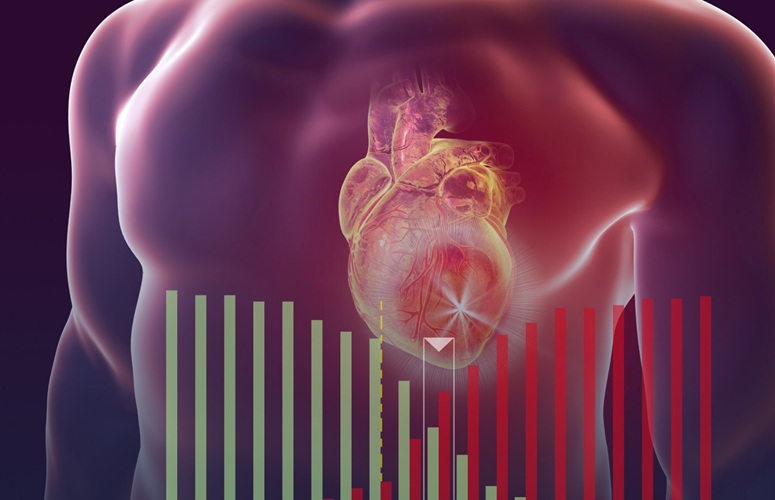
First-Of-Its-Kind AI-Powered Probability Scoring System Assesses Heart Failure with Preserved Ejection Fraction
Heart failure with preserved ejection fraction (HFpEF) is one of the most difficult types of heart failure to diagnose due to the intricate interaction between various clinical and echocardiographic factors.... Read more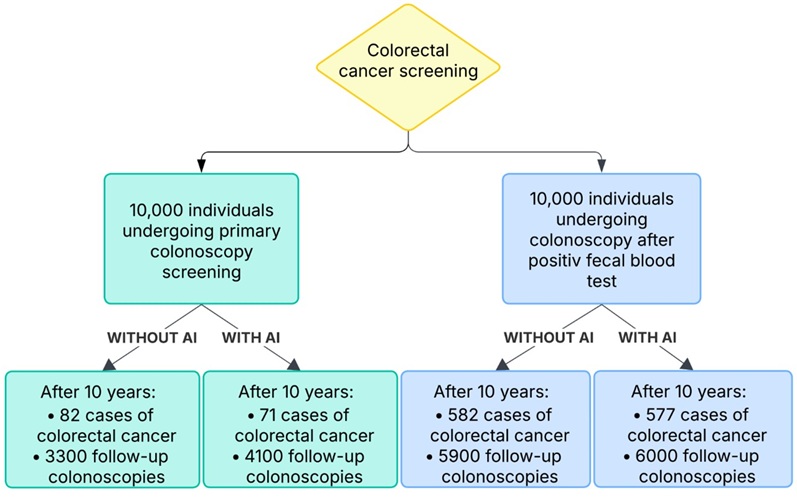
AI-Assisted Colonoscopy Detects More Polyps but Has Modest Effect on Cancer Risk
Colorectal cancer is among the most common cancers in the Western world. Currently, screening is performed using a test that detects blood in the stool (FIT screening). If the test identifies a certain... Read more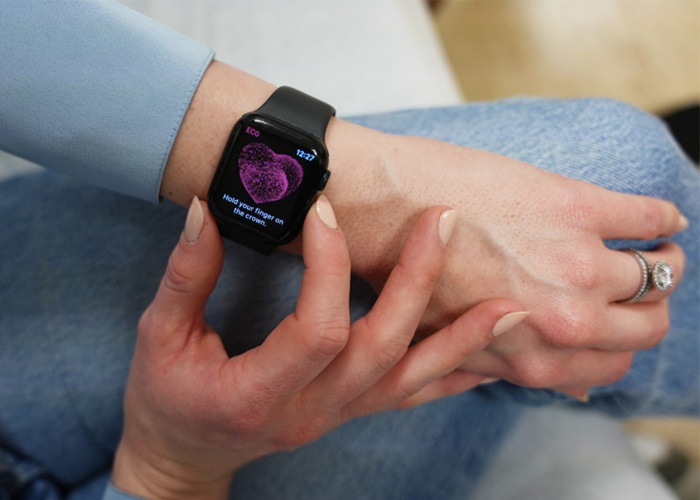
Wearables Could Reduce Need for Continuous Blood Thinners in Patients with Atrial Fibrillation
Atrial fibrillation (AFib) is the most prevalent heart arrhythmia, affecting over 5 million individuals in the United States, with projections suggesting that number could rise to 12.1 million by 2030.... Read moreSurgical Techniques
view channel
Tiny Robotic Tools Powered by Magnetic Fields to Enable Minimally Invasive Brain Surgery
Over the past few decades, there has been a significant surge in the development of robotic tools designed to facilitate minimally invasive surgeries, improving recovery times and patient outcomes.... Read more
Magnetic Tweezers Make Robotic Surgery Safer and More Precise
Microrobots are small-scale robots designed using nanotechnology, and they hold significant potential for various medical applications, including surgery, targeted drug delivery, and biopsy.... Read moreHealth IT
view channel
Printable Molecule-Selective Nanoparticles Enable Mass Production of Wearable Biosensors
The future of medicine is likely to focus on the personalization of healthcare—understanding exactly what an individual requires and delivering the appropriate combination of nutrients, metabolites, and... Read more
Smartwatches Could Detect Congestive Heart Failure
Diagnosing congestive heart failure (CHF) typically requires expensive and time-consuming imaging techniques like echocardiography, also known as cardiac ultrasound. Previously, detecting CHF by analyzing... Read morePoint of Care
view channel
Handheld, Sound-Based Diagnostic System Delivers Bedside Blood Test Results in An Hour
Patients who go to a doctor for a blood test often have to contend with a needle and syringe, followed by a long wait—sometimes hours or even days—for lab results. Scientists have been working hard to... Read more
Smartphone-Enabled, Paper-Based Quantitative Diagnostic Platform Transforms POC Testing
Point-of-care diagnostics are crucial for public health, offering rapid, on-site testing that enables prompt diagnosis and treatment. This is especially valuable in remote or underserved regions where... Read moreBusiness
view channel
Expanded Collaboration to Transform OR Technology Through AI and Automation
The expansion of an existing collaboration between three leading companies aims to develop artificial intelligence (AI)-driven solutions for smart operating rooms with sophisticated monitoring and automation.... Read more












